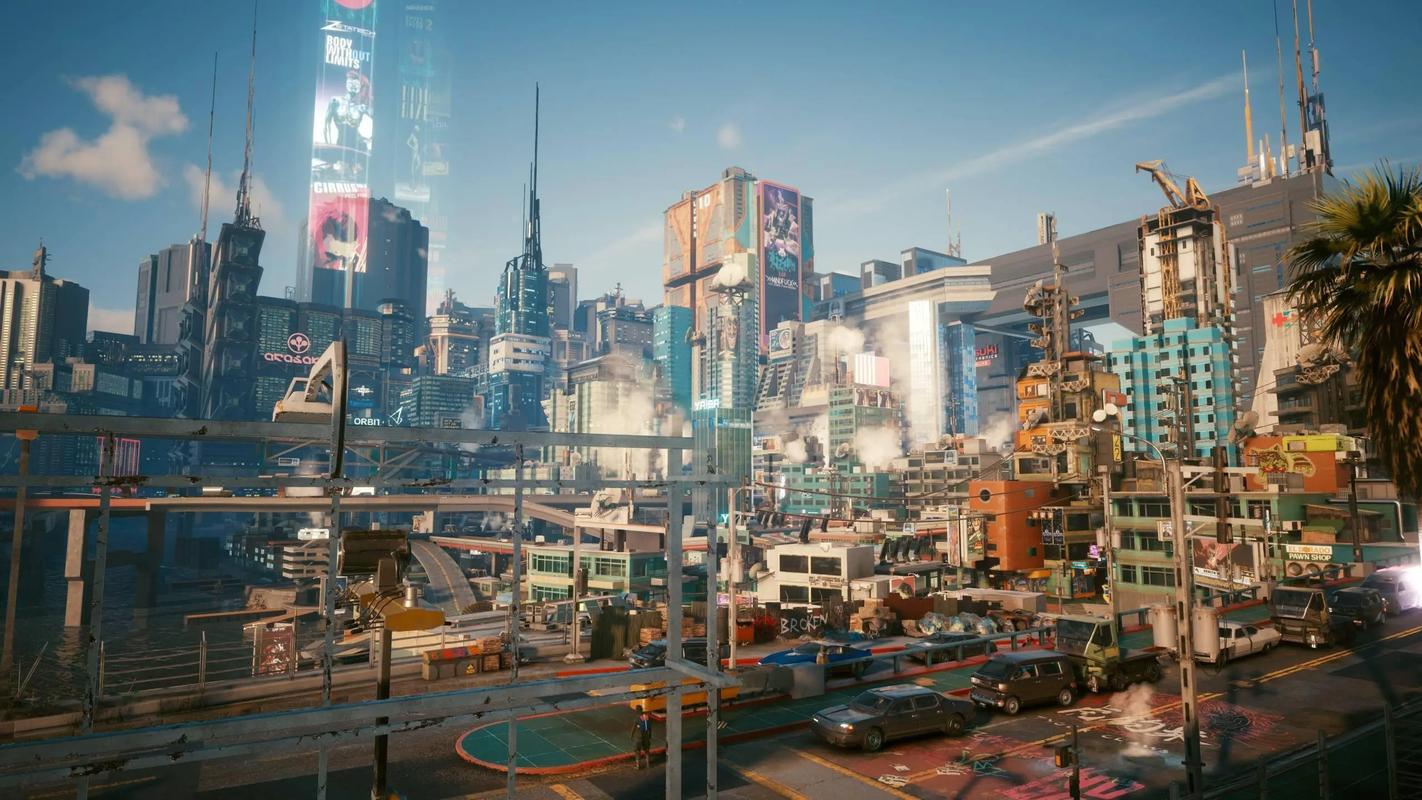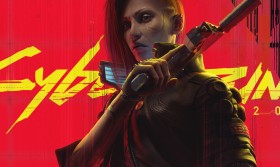MultiVersus Score: Platform Fighter Potential
Introduction
The platform fighting genre has long been dominated by Nintendo’s Super Smash Bros. series, with few competitors able to match its depth, accessibility, and roster appeal. However, MultiVersus, developed by Player First Games and published by Warner Bros. Games, has emerged as a fresh contender in the space. With its free-to-play model, cross-platform support, and an eclectic cast of Warner Bros.-owned characters, the game presents a compelling case for the future of platform fighters. But does MultiVersus have the staying power to challenge Smash Bros., or will it fade into obscurity like many before it?
This article examines MultiVersus’ strengths, weaknesses, and overall potential as a platform fighter, analyzing its mechanics, roster, monetization, and competitive viability.
Gameplay Mechanics: A Fresh Take on Platform Fighting
At its core, MultiVersus follows the traditional platform fighter formula—knocking opponents off the stage to score points. However, it introduces several key innovations that set it apart:
1. Team-Based Focus
Unlike Smash Bros., which primarily emphasizes 1v1 or free-for-all battles, MultiVersus heavily encourages 2v2 gameplay. Many character abilities are designed to synergize with teammates, such as:
- Reindog’s tether, which pulls allies to safety.
- Steven Universe’s shields, which protect teammates.
- Velma’s support abilities, which buff allies while debuffing foes.
This team dynamic adds a layer of strategy unseen in most platform fighters, making coordination essential for high-level play.
2. Unique Move Sets and Perks
Each character in MultiVersus has a distinct playstyle, with no direct clones. Additionally, the game introduces Perks—passive abilities that can be equipped to enhance a fighter’s strengths or cover weaknesses. Some Perks are universal, while others are character-specific, allowing for deeper customization.
3. Movement and Weight
MultiVersus features floatier physics compared to Smash Bros., with slightly slower falling speeds and more aerial mobility. This makes edge-guarding and recovery different from other platform fighters, rewarding precise spacing and timing.
Roster: A Crossover Dream (With Some Caveats)
One of MultiVersus’ biggest draws is its roster, pulling from Warner Bros.’ vast library of franchises. The lineup includes:
- DC Comics (Batman, Superman, Wonder Woman, Harley Quinn)
- Looney Tunes (Bugs Bunny, Taz)
- Scooby-Doo (Shaggy, Velma)
- Adventure Time (Finn, Jake)
- Game of Thrones (Arya Stark)
- Steven Universe (Steven, Garnet)
- The Iron Giant (The Iron Giant)
This crossover appeal is undeniably strong, but the roster has some limitations:
- Lack of Third-Party Icons – Unlike Smash Bros., which features characters from Final Fantasy, Street Fighter, and Minecraft, MultiVersus is restricted to Warner Bros. properties. This limits its potential for surprise additions.
- Some Characters Feel Out of Place – While Shaggy’s meme-worthy power-up is fun, seeing him fight Arya Stark or The Iron Giant can feel jarring compared to Smash’s more cohesive crossover approach.
Still, the roster is diverse and well-designed, with each fighter offering unique mechanics. Future updates could expand the selection further, potentially including characters from Mortal Kombat, Harry Potter, or even The Lord of the Rings.
Monetization: Free-to-Play Done Right (Mostly)
MultiVersus adopts a free-to-play model with cosmetic monetization, similar to Fortnite or League of Legends. Players can unlock characters through in-game currency (Gold) or real money (Gleamium).
Pros:
- No Pay-to-Win Mechanics – All fighters are balanced, and Perks are earned through gameplay.
- Frequent Updates & Battle Passes – The game offers seasonal content, keeping players engaged.
- Cross-Progression – Progress carries over between platforms.
Cons:
- Grind for Unlocks – Earning Gold takes time, which may frustrate casual players.
- Limited Free Cosmetics – Most premium skins require Gleamium, making customization costly.
Overall, the monetization is fair but could benefit from more free rewards to keep players invested.
Competitive Potential: Can It Rival Smash?
MultiVersus has already made waves in the competitive scene, with tournaments drawing notable players from Smash Bros. and other fighting games. Its 2v2 focus adds a fresh dynamic, and the netcode is surprisingly solid for an online-focused fighter.

However, challenges remain:
- Lack of Offline Modes – The game heavily relies on online play, which could hurt its longevity if server support wanes.
- Balancing Issues – Some characters (like early Taz or Finn) have dominated metas, requiring frequent patches.
- Esports Sustainability – While Warner Bros. has shown interest in supporting competitive play, it remains to be seen if the scene will grow beyond Smash’s shadow.
If Player First Games continues refining balance and adding content, MultiVersus could carve out a lasting niche in the competitive space.
Conclusion: A Strong Contender With Room to Grow
MultiVersus is not just another Smash Bros. clone—it’s a legitimate evolution of the platform fighter genre. Its team-based mechanics, well-crafted roster, and free-to-play accessibility make it a standout title. While it may never dethrone Smash in terms of cultural impact, it has the potential to become a long-term success if supported properly.
For now, MultiVersus scores high on innovation and fun but must address its monetization grind and competitive stability to secure its place in the fighting game pantheon. If it does, Warner Bros. may have a new flagship franchise on its hands.
















